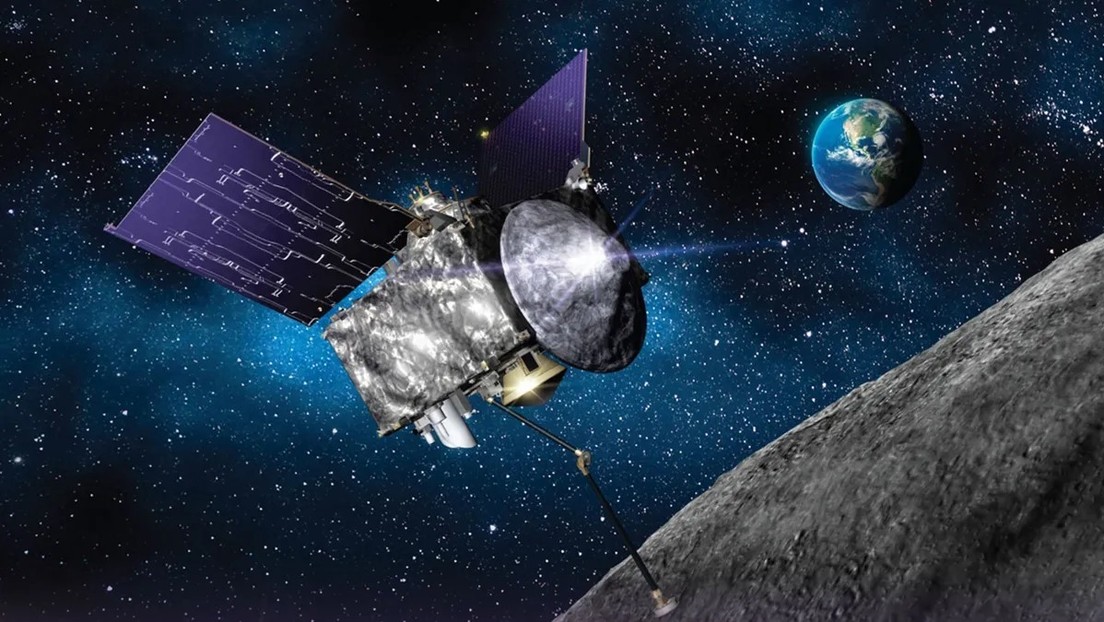The NASA’s OSIRIS-REx spacecraft flew past Earth in late September and He delivered samples of rocks and dust collected from the asteroid Bennu. Immediately, and without shutting down its engines, it embarked on an additional mission: study Apophis, an asteroid that is expected to pass very close to our planet in 2029.
In this context, NASA advertisement last Friday the probe has been officially renamed ‘OSIRIS-APEX’an acronym for Origins, Spectral Interpretation, Resource Identification, and Security – Apophis Explorer. Additionally, Dani Mendoza DellaGiustina, who was deputy principal investigator for OSIRIS-REx, will also command this new extended mission.
NASA prepares for the arrival of a large asteroid that will “pass under some satellites”
👉 https://t.co/0ywqtU8IMHDuring its approach, scheduled for April 2029, the asteroid Apophis will pass just 31,000 kilometers from Earth. pic.twitter.com/t126QvHaty
— RT in Spanish (@ActualidadRT) May 10, 2020
The Asteroide 99942 or Apophis, named after the Egyptian god considered the embodiment of chaos, will not hit Earth, but it will be exceptionally close, to some 32,000 kilometersApril 13, 2029.
This distance puts it closer to our planet than some satellites and it is expected that this will not only cause changes in its orbitbut earthquakes and landslides on its surface. “OSIRIS-APEX will study Apophis immediately after such a step, “allowing us to see how its surface changes as it interacts with Earth’s gravity,” said Amy Simon, project scientist.
It is also planned that, by April 2, 2029, the probe’s cameras will begin to take pictures of the asteroid as it approaches. After the close encounter with Earth, will operate in its vicinity for the next 18 months. During that time, it will conduct many of the same investigations that OSIRIS-REx did at Bennu, using imaging instruments, spectrometers, and a laser altimeter to map its surface and analyze its chemical composition.
While the then OSIRIS-REx collected water and high amounts of carbon from Bennu, the samples collected from Apophis are estimated to be quite different, rich in silicate and nickel-iron, materials that these rocky asteroids, called ‘S-type’, are mainly composed of.
According to NASA, it just so happens that the Most of the known potentially hazardous asteroids are also of that type.What the team learns about Apophis may offer insight into planetary defense research, one of NASA’s top priorities,” the agency said.
On the other hand, according to Mendoza DellaGiustina, Apophis will help scientists learn more about how solar systems and planets are formed. “We know that the Tidal forces and debris accumulation are fundamental processes that could play a role in planet formation. They could inform how we went from the debris of the early solar system to full-fledged planets,” he explained.
It is estimated that Asteroids the size of this ‘God of Chaos’, about 340 metres in diameter, only come this close to Earth once every 7,500 years. “We learned a lot at Bennu, but now we have even more questions for our next target,” Simon said.

















